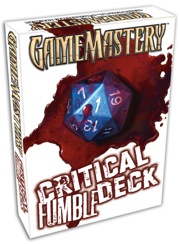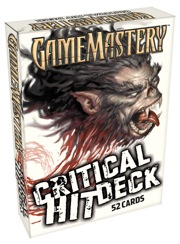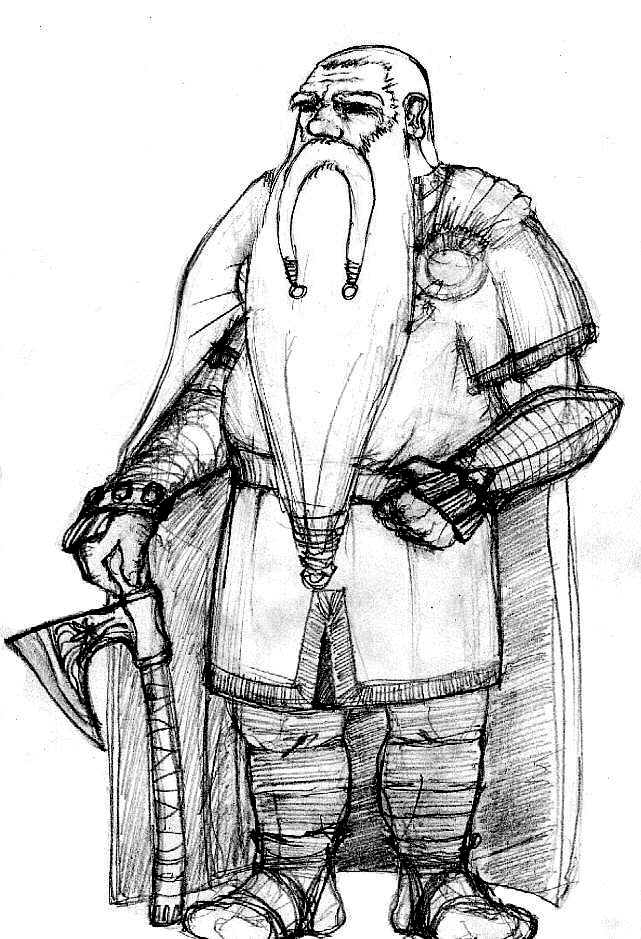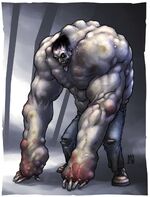Over the following weeks I will be posting descriptions and racial traits for the most famous and best loved races in the Zelda Universe. I'll start today with the most obvious and famous: the Hylians, a race that is distinctive and apart from humans. More races will follow (including Gorons, Zora, Shiekah, Gerudo and many others!) as well as sample characters to match various campaigns in the Zelda Timeline. For now, you can simply insert these races to flavor your current 4th edition campaign and add more options for your players without buying additional supplements. Enjoy!
 HylianRACIAL TRAITSAverage Height:
HylianRACIAL TRAITSAverage Height: 5'8" - 6'4"
Average Weight: 135-220 lb
Ability Scores: +2 Wisdom, + 2 Charisma
Size: Medium
Speed: 6 Squares
Vision: Normal
Languages: Hylian [Common]
Skill Bonuses: +2 Insight, +2 Religion
Goddesses' Protection: You have resistance radiant equal to 5 + 1/2 your level
Chosen People: You gain a +2 bonus to death saving throws
Alleviating Strike: You can use alleviating strike as an encounter power

Hylians are known as "the chosen people" of Hyrule. With their divine gifts, they excel at magic and leadership. This tends to make them very proud and many believe that humans are jealous of their favored status.
Play a Hylian if you want...
- To have a proud heritage and strong connection with the gods
- To have a burning ambition and strong belief in your own destiny
- To be a member of a race that favors the cleric, paladin, invoker and avenger classes
Physical Qualities: Hylians look very much like Humans except that they have protruding pointed ears as their main identifying feature. It is said they have longer ears so that they can hear the voices of the gods. Hylians tend to be taller and slimmer than the average human, with well defined bone structure and exceptional grace. Hylians also tend towards fair skin, blonde or red hair and blue eyes but can have any of the colors of the Human spectrum in addition to some rare members having unnatural shades such as purple or blue hair.

Hylians wear simple clothing with bright elaborate embroidery often displaying sacred and historically significant images. Regal blues, purples and pinks are common. Females wear an abundance of intricate gold jewelry with the triforce, the symbol of their godessess being most prominent.
Playing a Hylian:Hylians tend to live in cities near the centers of power and are often in charge of local affairs or at the very least involved. They live simply and practically but that does not mean that they don't enjoy the finer things in life without being gaudy. Hylians can have a wide variety of professions but they excel at artistry and crafting. Due to their natural affinity with handling animals they also tend to raise and breed them and horses are an especially important part of their lives.
Hylians believe that they were particularly created by the three Goddesses which they worship: Din, Farore and Nayru. Each chooses one of the three Goddesses and the virtue she embodies (Power, Courage and Wisdom respectively) from a young age as a paragon to guide them. Hylians who venerate Din seek power in different forms whether it be physical, magical or political. They are very driven and will constantly try to increase their power for good or ill. Strong willed Hylians tend to choose Farore and try to live their lives without fear. They will charge into battle and refuse to yield no matter the odds and believe that with Courage they can accomplish their goals. Scholarly and intelligent Hylians honor Nayru as well as nobles, guards and leaders because she is said to have created the rule of law and reason. These individuals use their wisdom to lead, explore magical arts, heal the sick, and adventure to discover truth. Nothing will stop them in their quest for greater knowledge and they constantly seek to educate those around them.
Because of their belief in themselves as a chosen race of the Gods, Hylians tend to think lesser of the other races but that does not necessarily mean that they hate or subjugate them. Few Hylians take to outright xenophobia and most of them behave friendly and charitably to others, if perhaps too self-important. They live and work most often with Humans, being the closest to them physically, but they will adventure with most any of the traditionally benevolent races happily (Eladrin, Elves, Halflings, Dwarves, Gorons etc.) and are suspicious of the more violent and rare species (Dragonborn, Tieflings, Gerudo, Orcs, Moblins etc.)
Hylian Characteristics: proud, diplomatic, devout, valorous, charismatic, intuitive, idealist
Example Hylian NamesHylians use simple one or two syllable names which are often passed down or significant in meaning
Male: Auru, Fyer, Grog, Kafei, Mesa, Orca, Sakon, Shad
Female: Agitha, Aryll, Astrid, Marin, Telma, Tetra
Examples of Hylians in the Legend of Zelda:
Link,
Zelda,
Malon,
King Daphnes Nohansen Hyrule,
AnjuBackground and History in the Points of Light Campaign Setting:
Around the campfires of the world and the hearths of city taverns stories are told of the magical kingdom of Hyrule. The land of Hyrule was both beautiful and bountiful, and blessed with peace. But of course, that peace would one day be shattered. A powerful villain arose and against his power the Hyrulian kingdom could not stand. Finally the Goddesses had to intervene, and buried the villain underneath a torrent of water, so much that the great kingdom of Hyrule sank beneath the waves.
Few Hylians alive truly remember what it was like to live in Hyrule, having had so many generations pass since the nation fell, but they do remember the glory of it. Filled with pride over their history, there is a saying that Hyrule will always exist in the hearts of her people.
Hylian Lands in Points of Light Campaign Setting:
Hylians have no land in the Points of Light, and are a rare sight in the vales. They often share lands with humans, although there exists the rare Hylian village or city district. These Hylian areas are filled with majestic architecture and fine craftsmanship in an attempt to pay homage to their glorious past, but they are an exception rather than the norm.
For more information about Hylians check out:
http://zelda.wikia.com/wiki/HylianFor more information about the Goddesses:
http://www.zeldawiki.org/Goddesses
The Legend of Zelda and all official images are property of Nintendo



























